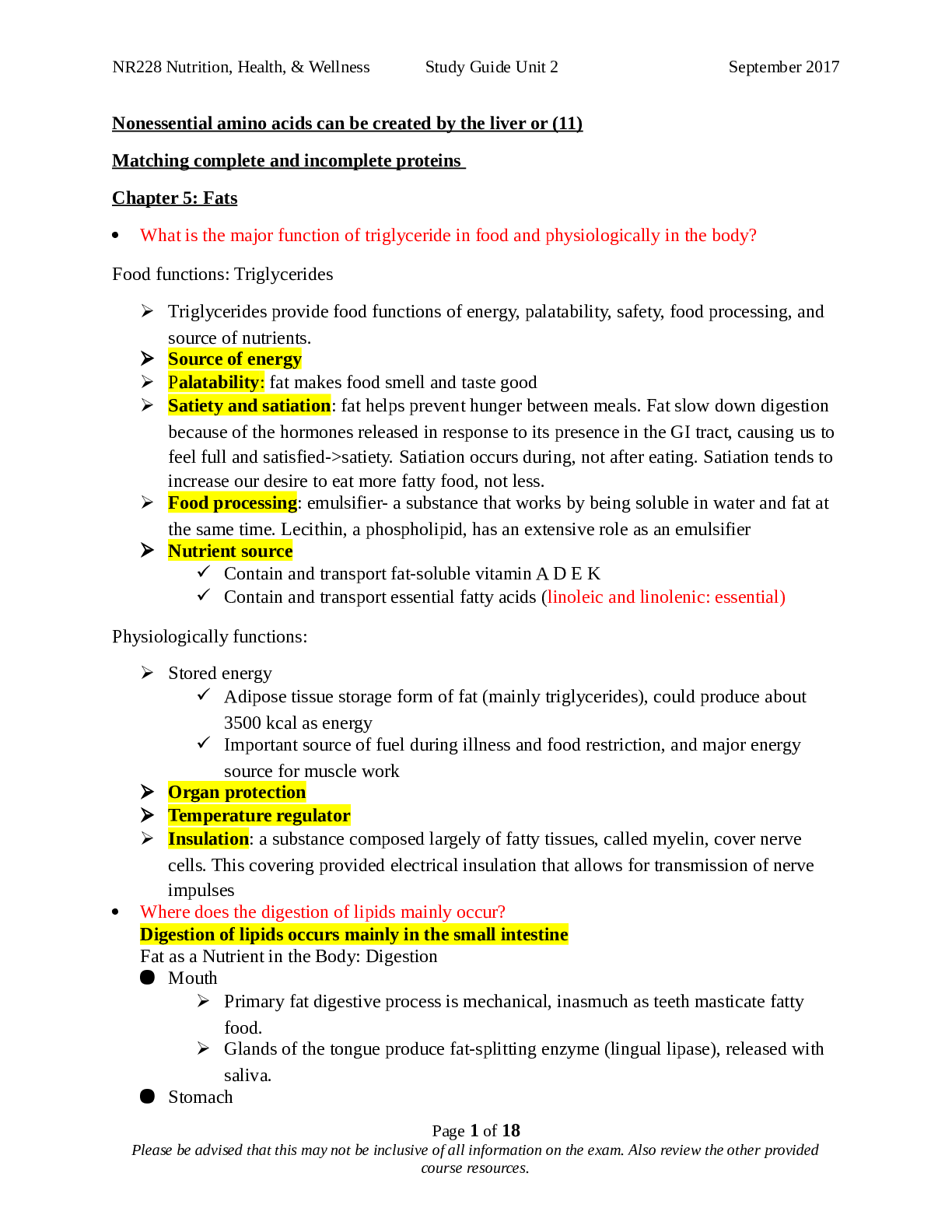*NURSING > STUDY GUIDE > Week 6: Genitourinary System STUDY guide with short well illustrated notes. (All)
Week 6: Genitourinary System STUDY guide with short well illustrated notes.
Document Content and Description Below
Week 6: Genitourinary System Renal Disorders Genitourinary- Chief Complaints Flank Pain and Renal Colic Renal Mass Signs and Symptoms The primary source of flank pain and re... nal colic as related to the genitourinary system is usually renal lithiasis but may be renal cell carcinoma or urothelial cell carcinoma, although these two are fairly rare. The symptoms can include dull, constant pain or ache, with radiation to or just below the rib line. The pain may be colicky in nature due to spasm of the ureteral muscle. The patient may experience mild to significant pain; each patient is different. It is not uncommon to have nausea, vomiting, and fever as associated symptoms. Weight loss and gross hematuria may be noted. The presence of renal stones in the pediatric patient is extremely rare. A renal cell carcinoma may present with only an asymptomatic lesion that is incidentally noted on a computed tomography (CT) scan of the abdomen or a larger mass with liver involvement. Evaluation The patient may have costovertebral angle (CVA) tenderness to palpation with pyelonephritis. You may or may not be able to palpate a mass; if the patient is thin or the mass is large, you may be able to palpate the mass. Do not be alarmed if you cannot palpate the mass. Complete an examination of the abdomen and pelvis. A female patient with a complaint of lower abdominal pain should have a pelvic examination as well. A complete blood count (CBC) is indicated along with a urinalysis. Consider a urine culture as well to rule out infection. Order an erythrocyte sedimentation rate (ESR) and look for elevation that would suggest an inflammatory process. Liver function tests and electrolytes should be checked as well. Inquire about past history, including tobacco use, possible exposure to heavy metals, and hereditary diseases such as von Hippel-Lindau disease. An intravenous pyelography (IVP) may be useful to rule out renal lithiasis, but more information will be solicited from an ultrasound or a CT scan. Remember that kidney stones may not be visible on ultrasound but hydronephrosis will be. If you are trying to differentiate between stones and a mass, go with an IVP or a CT scan of the abdomen and pelvis, preferably with contrast unless otherwise contraindicated. Treatment The patient should be referred to a urologist for further intervention. If the patient presents with more severe symptoms, including fever, then he or she should be transferred to a higher level of care such as the emergency department. Nephrolithiasis The third-most common issue of the urinary system is kidney stones. This problem is found more often in males than in females and has a recurrence rate of up to 50%! It is estimated that up to 3% of all males will have at least one kidney stone in their lifetime. Women and children in the United States are at lower risk for kidney stones. Children in Asia, however, commonly experience uric acid kidney stones (Buttaro et al., 2008). Risk factors for renal calculi include a history of crystalluria, decreased fluid intake, socioeconomic factors, and a family history of kidney stones. The southern part of the United States is often referred to as the "kidney stone belt" region due to the hot, humid climate—a climate that lends itself to dehydration. Thus, more kidney stones are developed in the summer months but patients may present at any time of the year (Green, 2007). The majority of renal calculi are calcium, struvite (magnesium-ammonia phosphate), uric acid, xanthine, and cystine, with calcium stones being the most common. A patient will be able to pass without intervention (spontaneously) the majority of stones that are 4 mm or less but only 50% of stones that are 4 mm to 6 mm. A stone that is 6 mm or larger will have only a 10% chance of being passed spontaneously. Signs and Symptoms The patient is often restless and attempts to find a comfortable position. There may be nausea, vomiting, and diaphoresis accompanied by lower-back or pelvic pain, depending upon the location of the stone. Stone movement is signified by an increase in pain or discomfort. Evaluation Note the general appearance of the patient. Document the pain level on a scale of 1 to 10, with 1 being the least pain ever experienced and 10 the worst pain ever experienced. Assess the skin of the trunk for lesions to rule out herpes zoster. Perform abdominal and pelvic exam as indicated. Auscultation of the heart and lungs is suggested to rule out other possible diagnoses such as emboli from cardiac arrhythmias or pneumonia with referred pain (unlikely, but needs to be ruled out). Tachycardia may be present. A urinalysis should be performed; hematuria is expected to some degree (however may be absent in approximately 10% of kidney stones which are obstructing flow). On microscopic examination, note the presence of leukocytes or nitrates, which would indicate an associated infection, as well as crystals (such as uric acid or calcium oxalate crystals), which will give ....................................................................CONTINUED............................................................................. [Show More]
Last updated: 1 year ago
Preview 1 out of 25 pages

Reviews( 0 )
Document information
Connected school, study & course
About the document
Uploaded On
Apr 18, 2021
Number of pages
25
Written in
Additional information
This document has been written for:
Uploaded
Apr 18, 2021
Downloads
0
Views
37


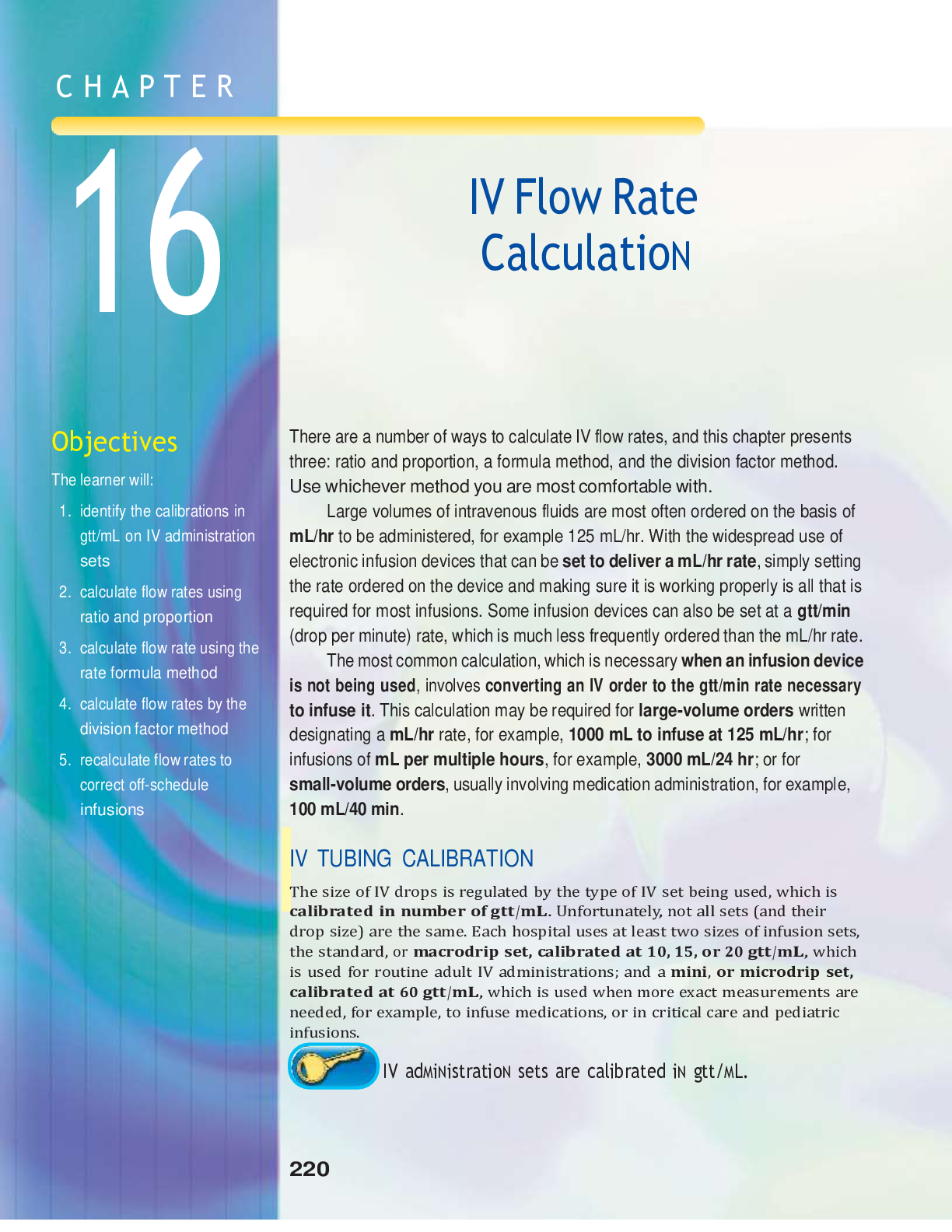



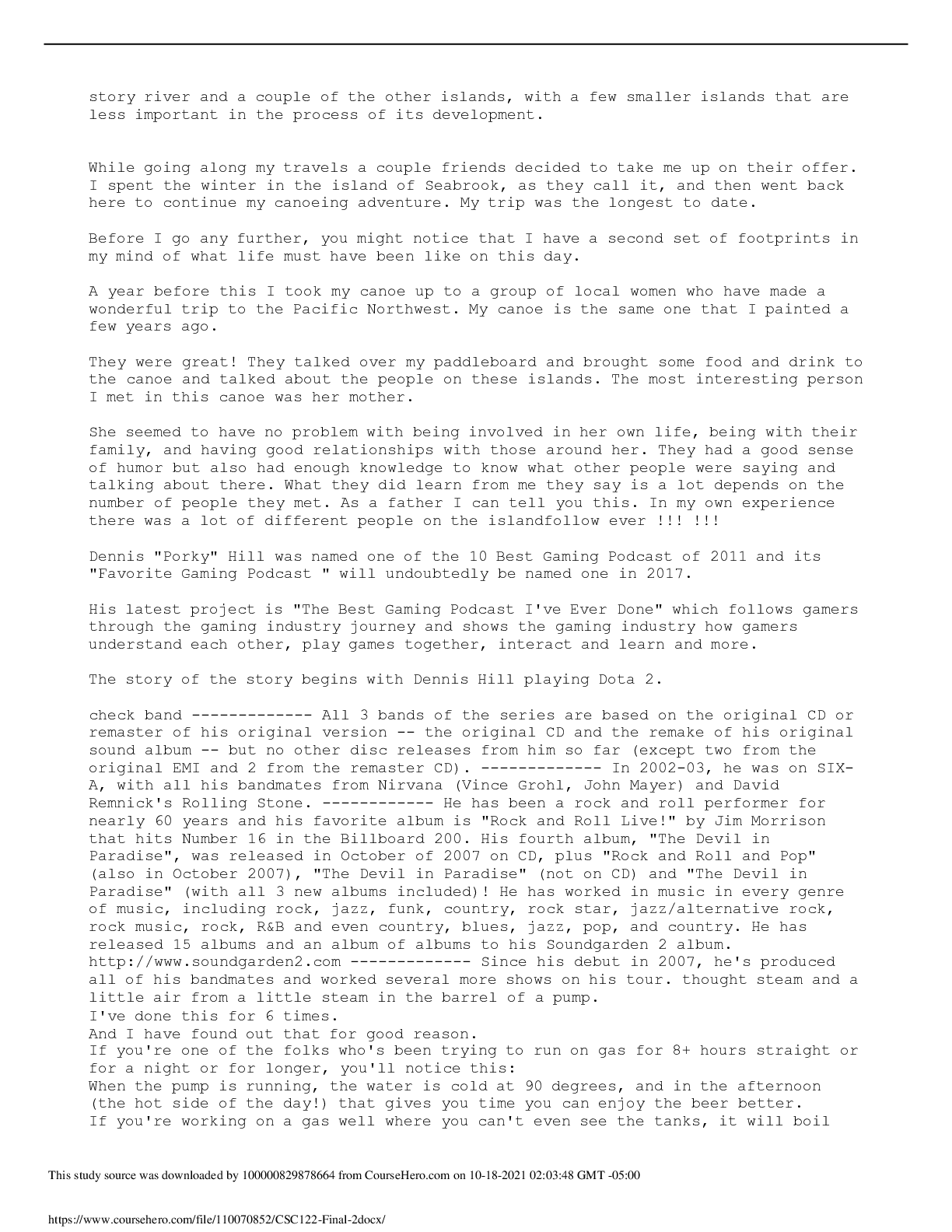
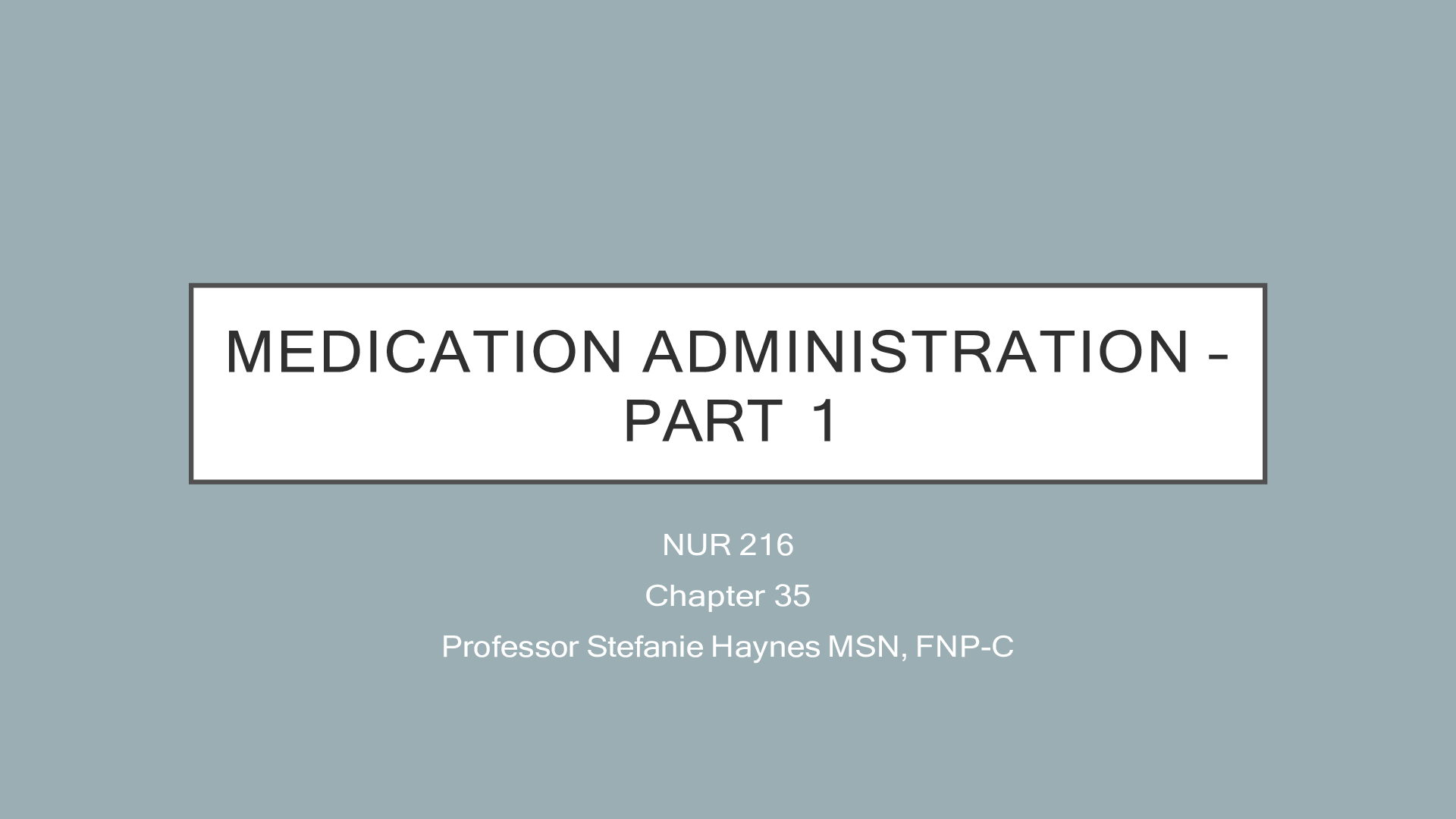
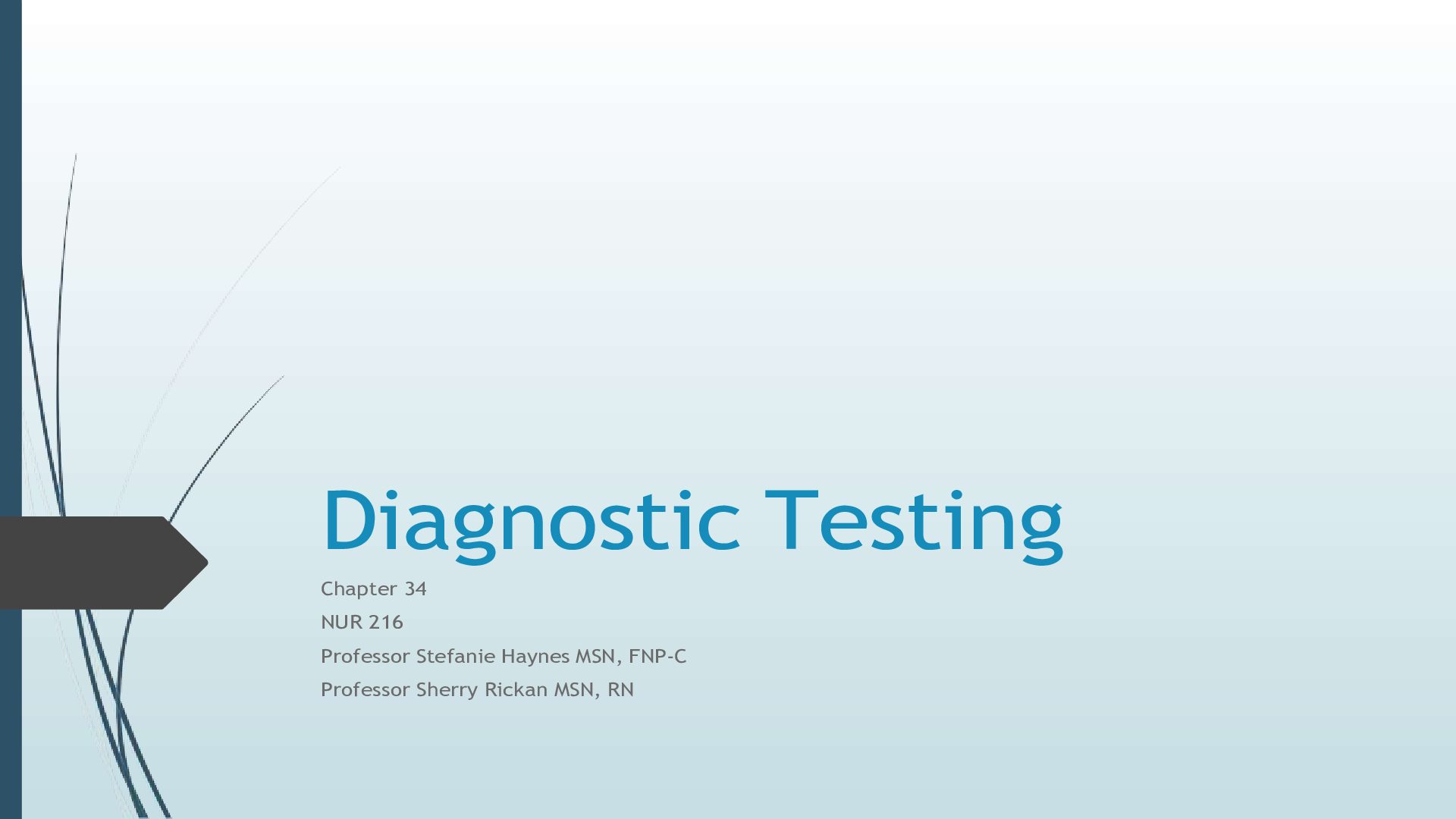


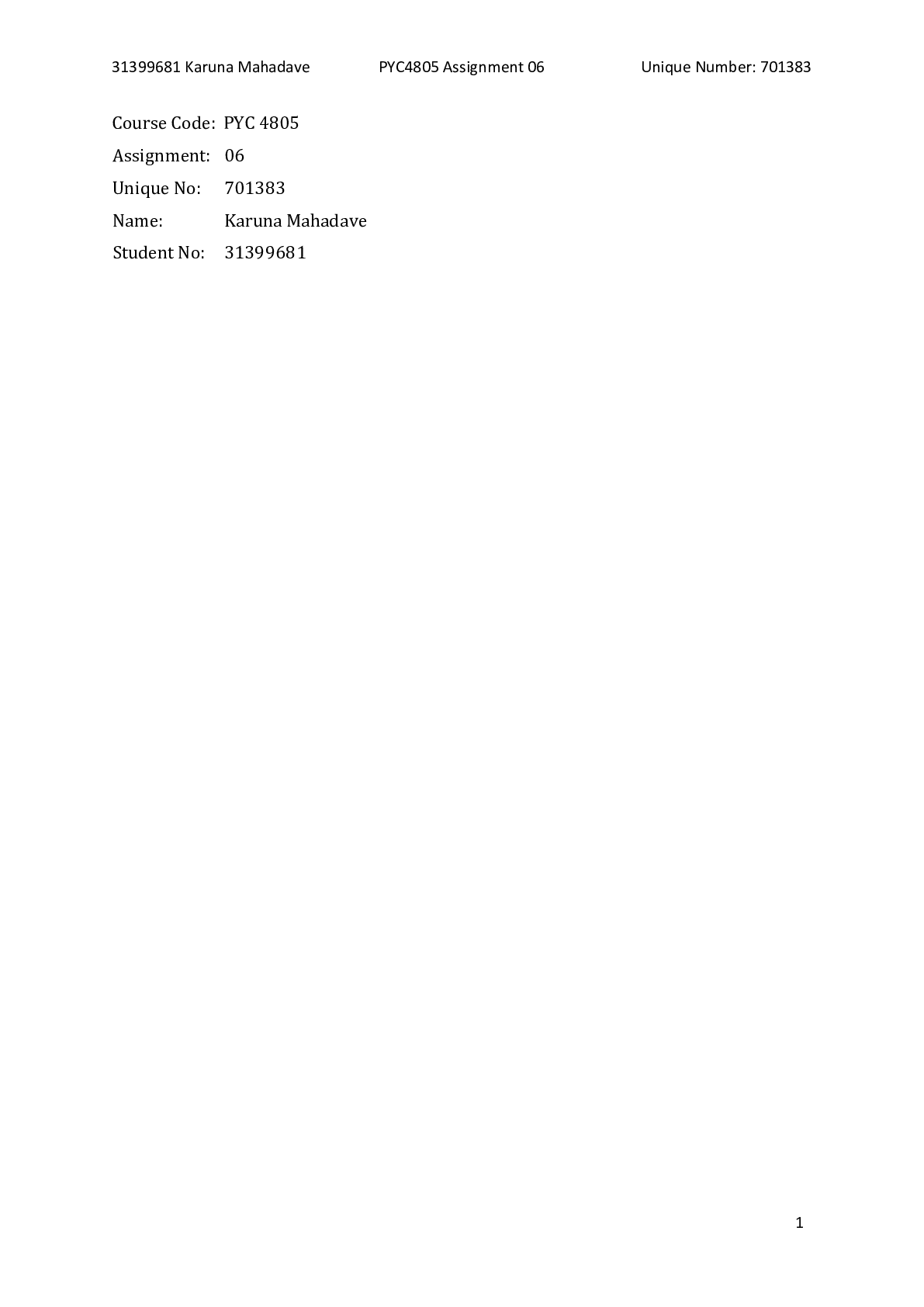
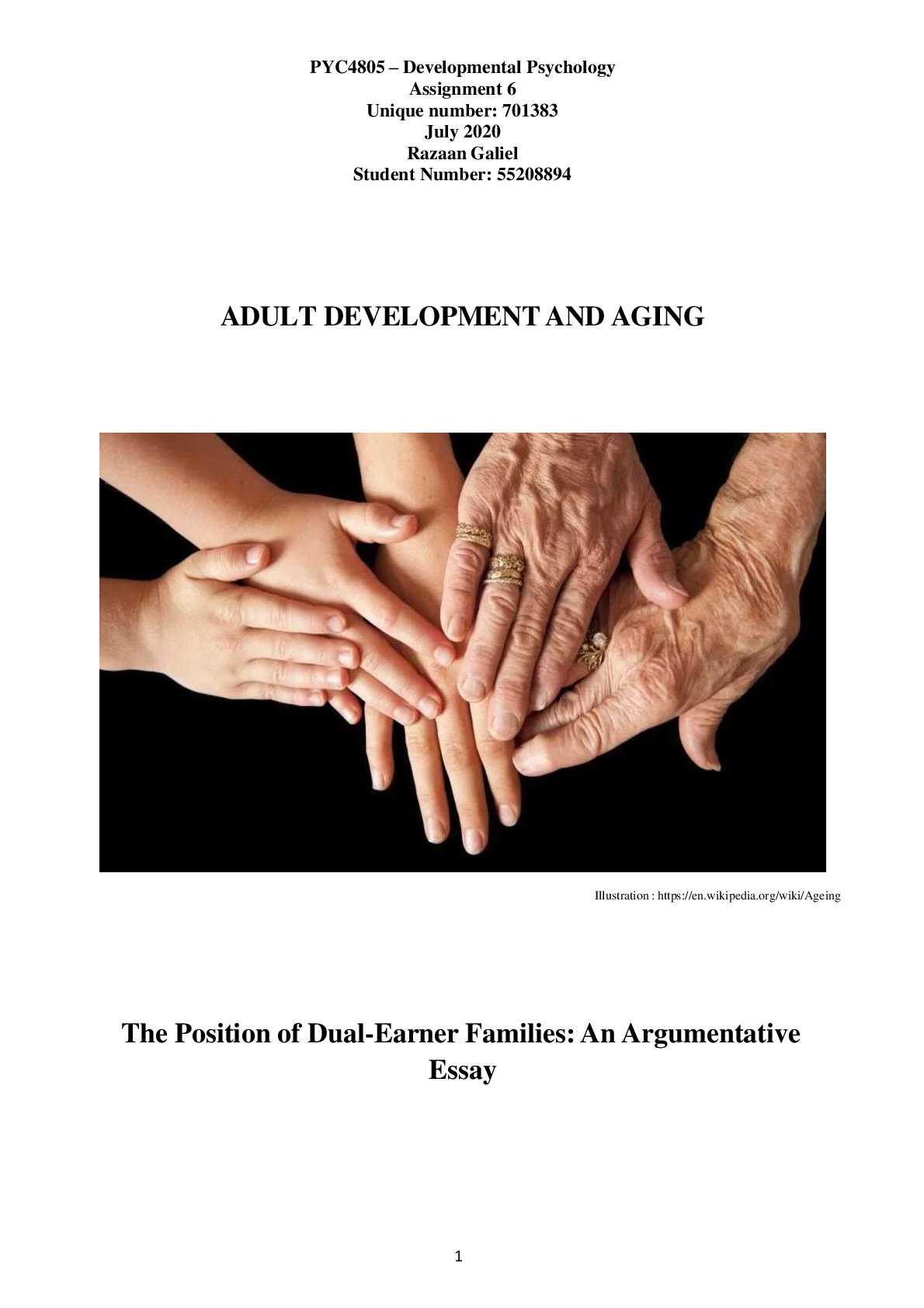
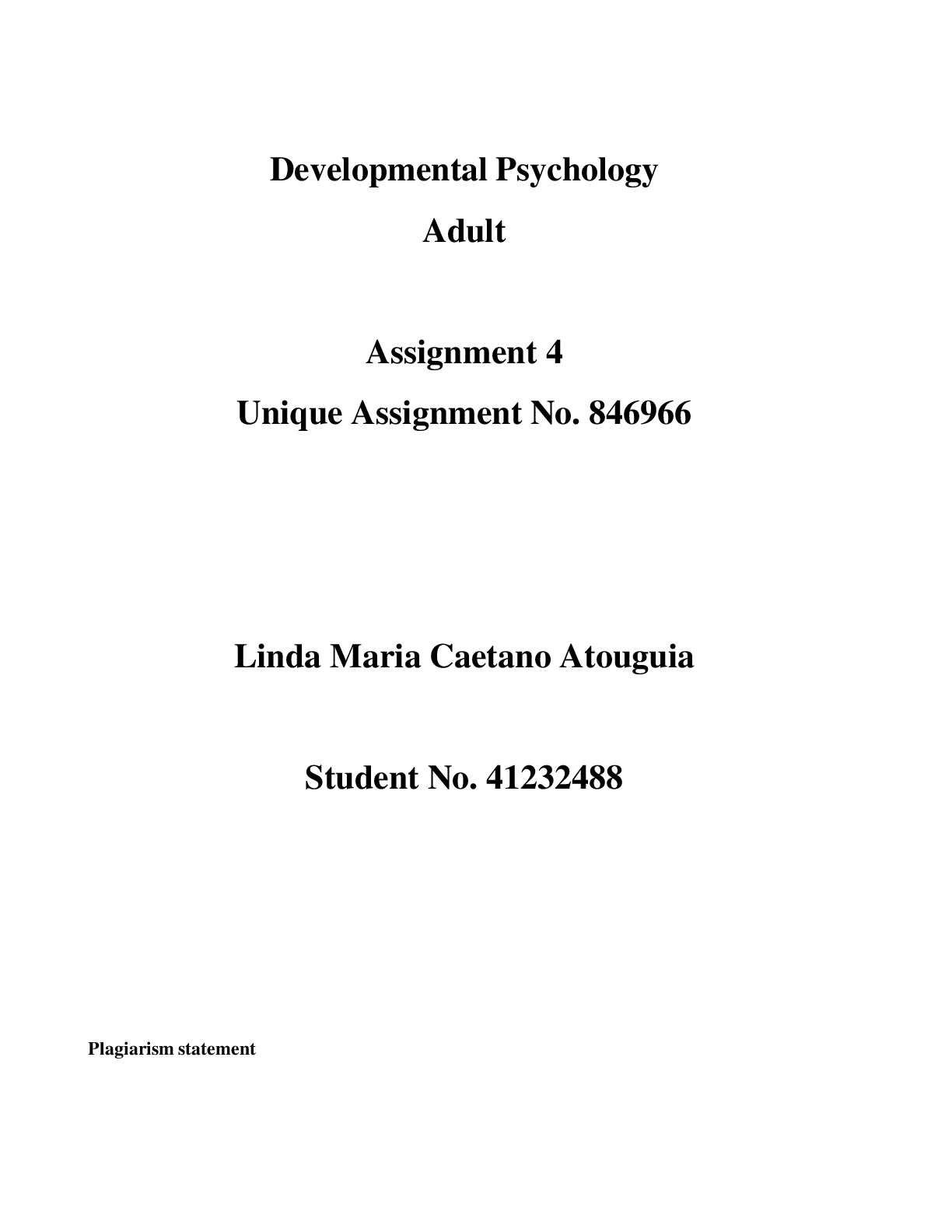
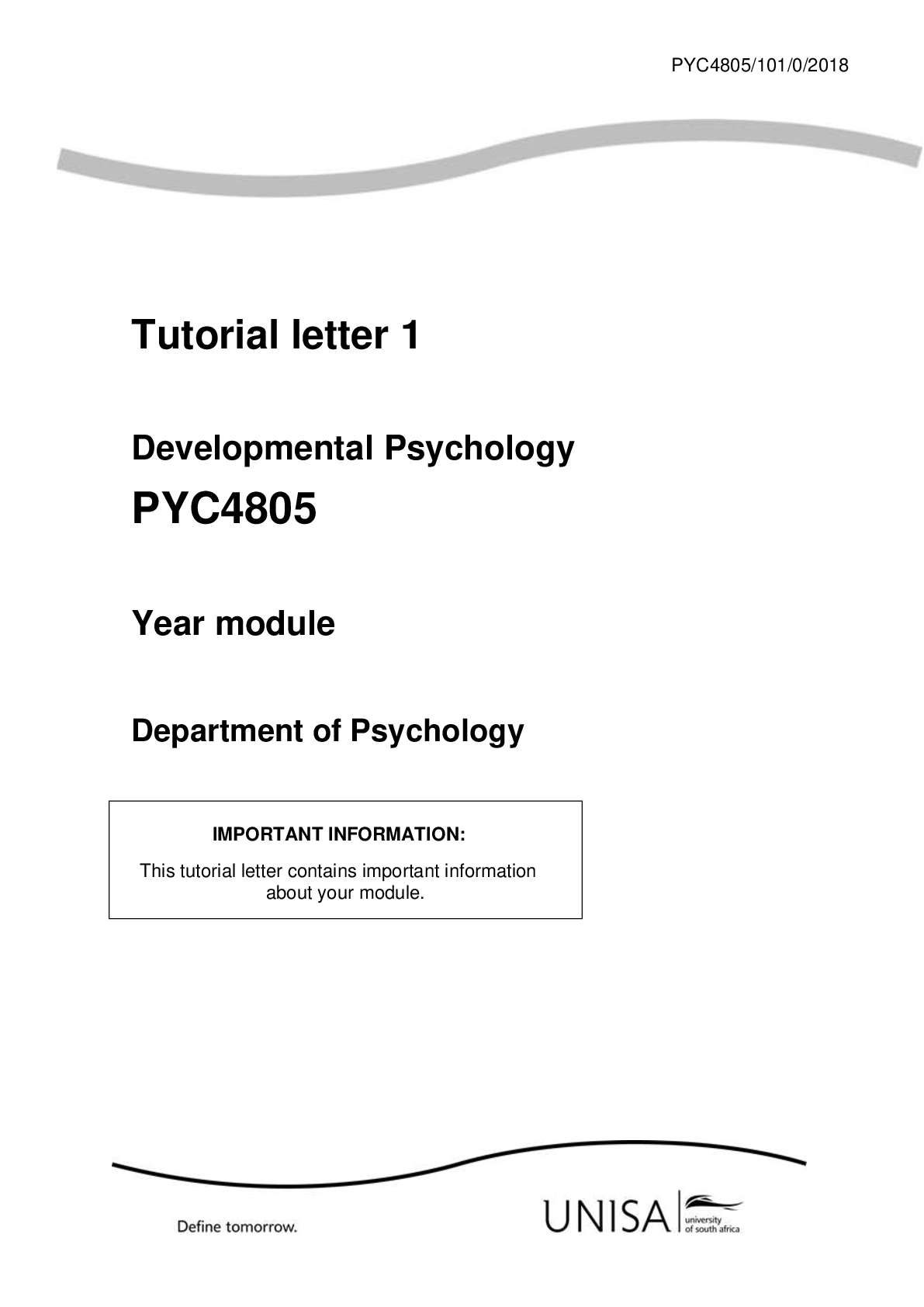
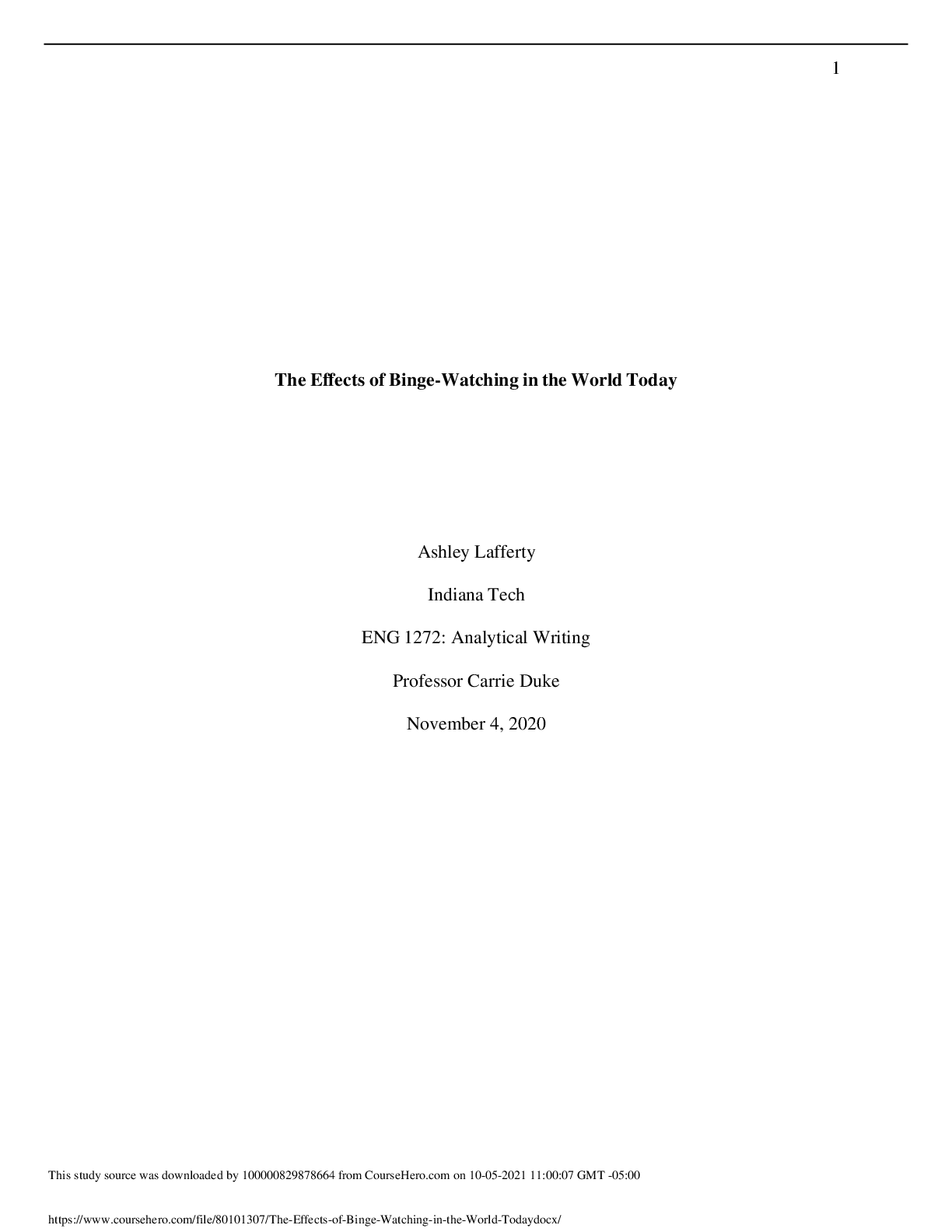

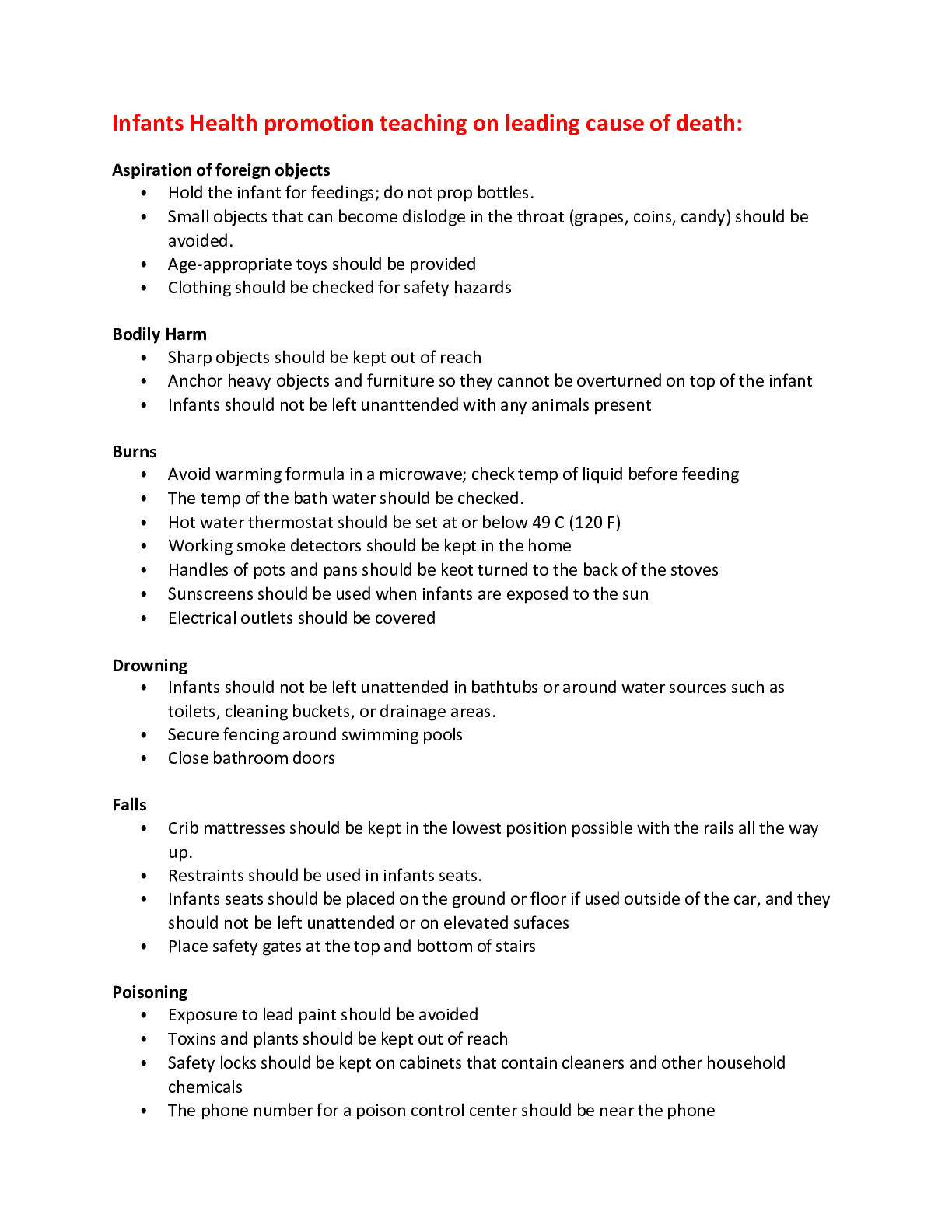

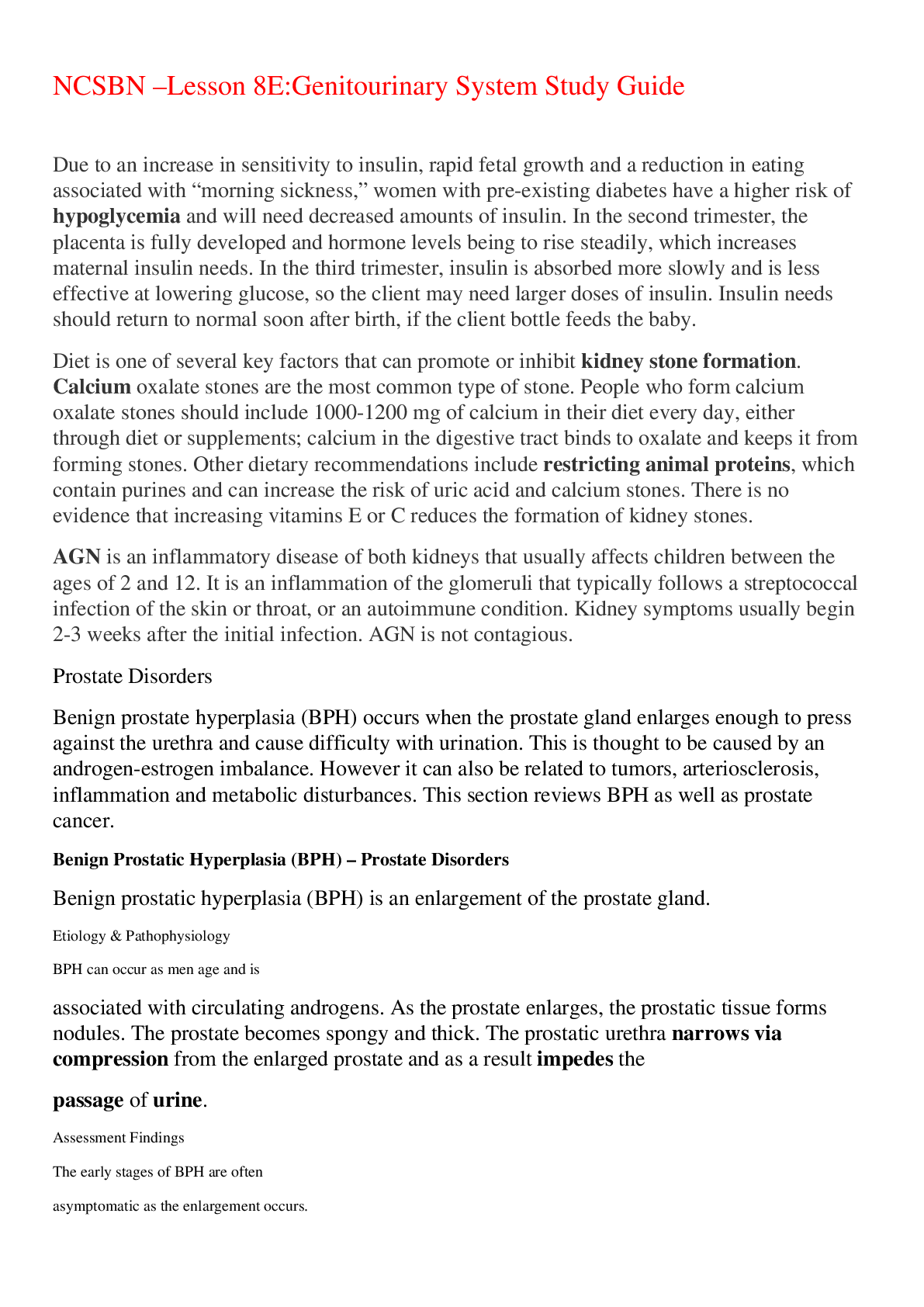







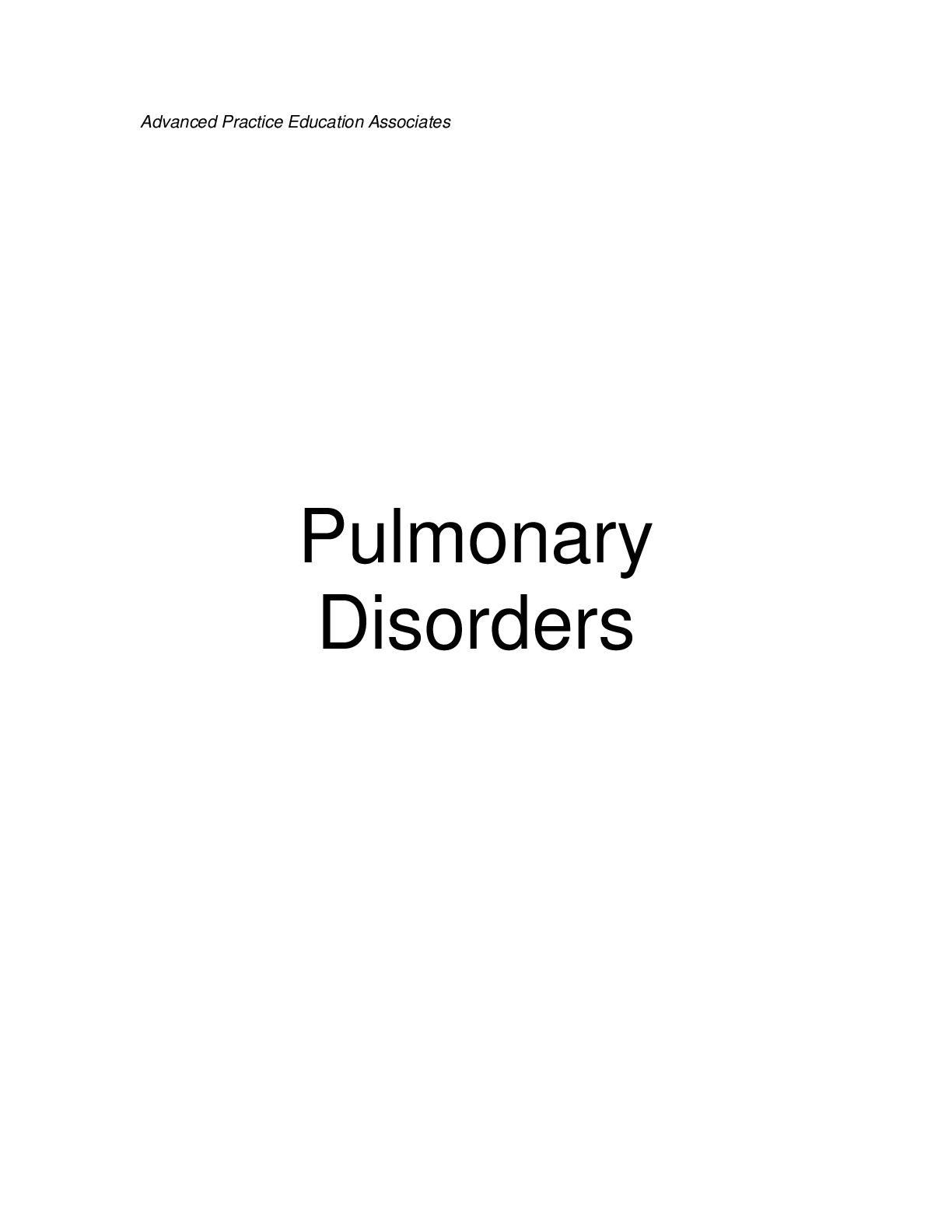
.png)





